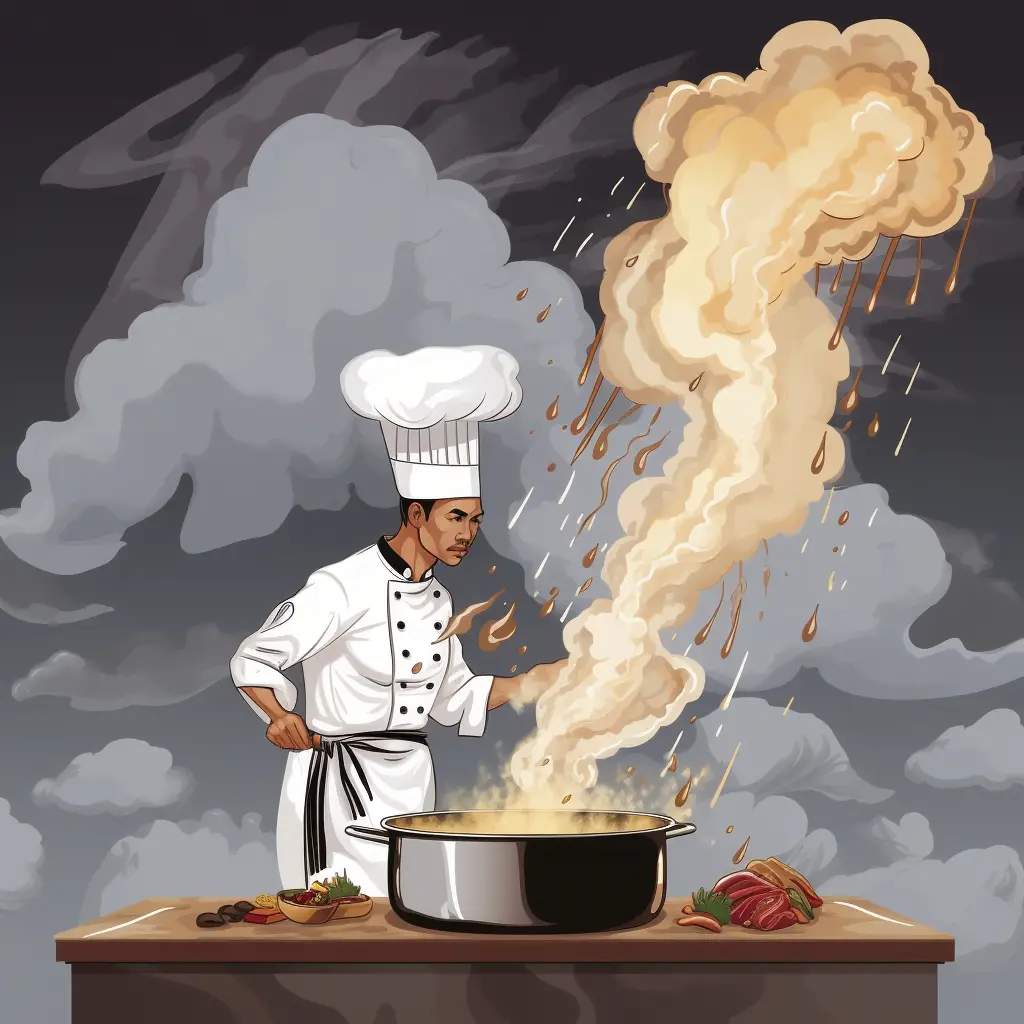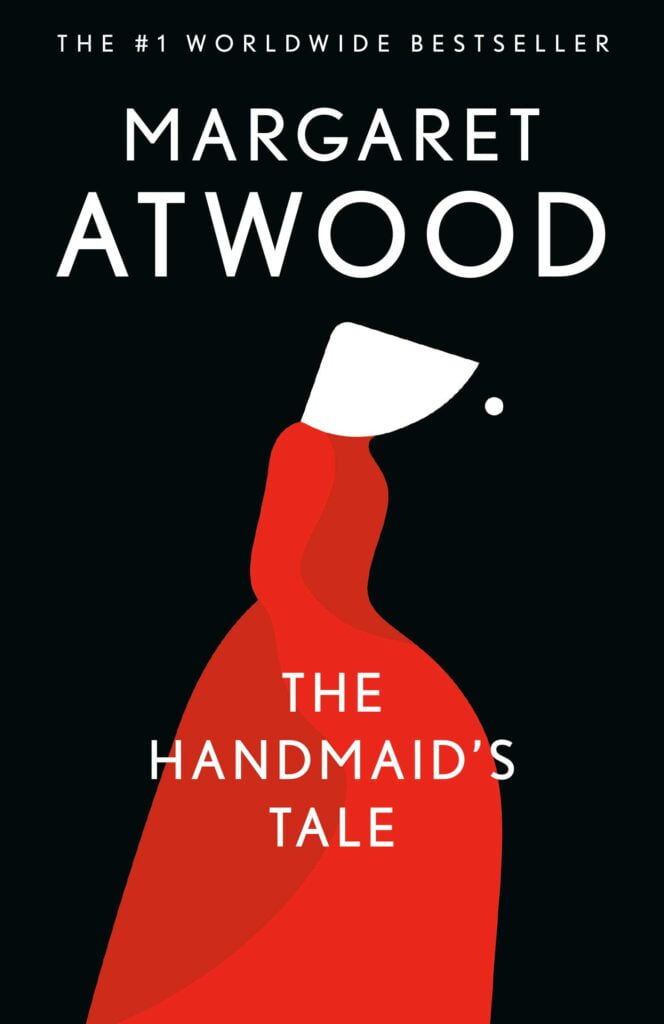
Euphony is a pleasant combination of words that creates a harmonious sound when spoken. Examples include, “the sun shone bright” and “the sky is blue”.
Whereas cacophony is an unpleasant combination of words that creates a discordant sound when spoken. Examples include, “the screams of terror” and “the thunderous roar”.
Euphony and Cacophony: The Yin and Yang of Writing Sounds
Euphony and cacophony are like the yin and yang of writing sounds. They balance each other out, with euphony bringing smooth, harmonious tunes to the ears and cacophony creating discordant, jarring noises. By understanding these two concepts and how to use them in writing, a writer can create a symphony of words that tickle the senses and evoke emotions.
The Art of Euphony: Crafting Pleasant Sounds in Writing
Euphony is like the sweet melody of a lullaby or the gentle hum of a bird’s song. It’s the kind of sound that makes the reader smile and feel at ease. To create euphony in writing, pay close attention to the words and phrases chosen. Some tips for achieving euphony include:
- Using soft consonants and vowels: Words that contain soft consonants like L, M, N, and R, as well as vowels, tend to produce a more pleasing sound. These sounds are less harsh and more melodic, making them perfect for creating euphony.
- Employing alliteration and assonance: Alliteration is the repetition of consonant sounds at the beginning of words, while assonance is the repetition of vowel sounds. Both techniques can help create a pleasant rhythm and melody in writing.
- Choosing words with a natural flow: Some words just seem to roll off the tongue more easily than others. Experiment with different combinations of words and choose the ones that create a smooth and harmonious flow when spoken aloud.
The Science of Cacophony: Creating Discordant Sounds in Writing
On the other side of the spectrum, cacophony is like the screeching of a chalkboard or the howl of a stormy night. It’s the kind of sound that makes the reader shiver and feel uneasy. To create cacophony in writing, focus on the following techniques:
- Using harsh consonants and consonant clusters: Words with hard consonants like K, T, P, and G, or consonant clusters (two or more consonants together) often produce a harsh, jarring sound. These sounds can help create cacophony in writing.
- Incorporating dissonance and irregular rhythms: Dissonance is the opposite of harmony, and using irregular rhythms can create a sense of discord. Mixing long and short syllables, as well as different stress patterns, can help achieve this effect.
- Choosing words with a jarring flow: Just as with euphony, experiment with different combinations of words to find those that create a discordant, jarring flow when spoken aloud.
Euphony and Cacophony Examples in Literature
Many writers have used euphony and cacophony to great effect in their works. Here are a few examples to illustrate how these techniques can be employed:
- Euphony example: “The Windhover” by Gerard Manley Hopkins: In this poem, Hopkins uses soft consonants, alliteration, and assonance to create a beautiful, melodious sound: “I caught this morning morning’s minion, king-/ dom of daylight’s dauphin, dapple-dawn-drawn Falcon”.
- Cacophony example: “Jabberwocky” by Lewis Carroll: Carroll’s famous nonsense poem is filled with cacophonous words and phrases, creating a sense of chaos and confusion: “Beware the Jabberwock, my son! / The jaws that bite, the claws that catch!”
- Euphony and cacophony in combination: “Rime of the Ancient Mariner” by Samuel Taylor Coleridge: Coleridge skillfully uses both euphony and cacophony in his famous poem to create different moods and atmospheres. Euphony is used to describe the beauty of nature: “The western wave was all a-flame. / The day was well-nigh done!” Cacophony, on the other hand, is employed to depict the harshness and terror of the supernatural events: “With throats unslaked, with black lips baked, / Agape they heard me call.”
Tips for Creating Euphony and Cacophony in Writing
To effectively use euphony and cacophony in writing, consider the following tips:
- Understand the purpose: Before incorporating these techniques, determine what effect is desired. Euphony is perfect for creating a peaceful, calming atmosphere, while cacophony is excellent for conveying tension, chaos, or unease.
- Experiment with word choices: Play with different words and phrases to find those that create the desired sound. Reading the text aloud can help identify which combinations produce the most pleasing or jarring sounds.
- Use them sparingly and intentionally: Overusing euphony or cacophony can make writing seem forced or unnatural. Use these techniques intentionally and in moderation to create a more significant impact on the reader.
Euphony and Cacophony as Tools for Writers
Euphony and cacophony are powerful tools for writers looking to create an emotional and sensory experience for their readers. By understanding the basics of these techniques and using them judiciously, writers can craft beautiful, harmonious passages or evoke feelings of tension and unease, depending on the desired effect. Like the skilled conductor of an orchestra, a masterful writer can create a symphony of words that leaves a lasting impression on the reader.
If you’re thirsty for more writing knowledge, head over here to learn all 74 literary devices.





